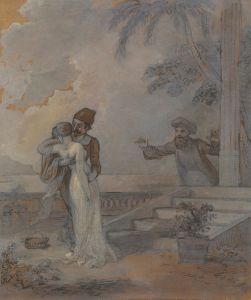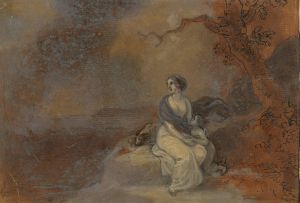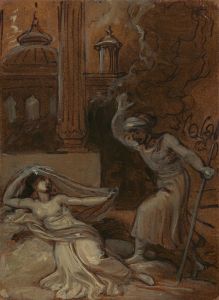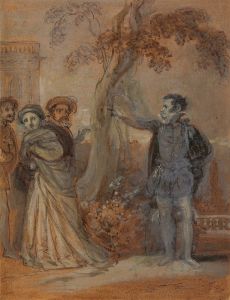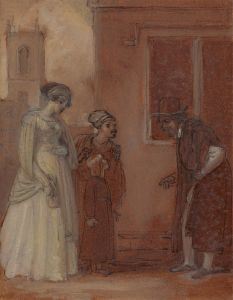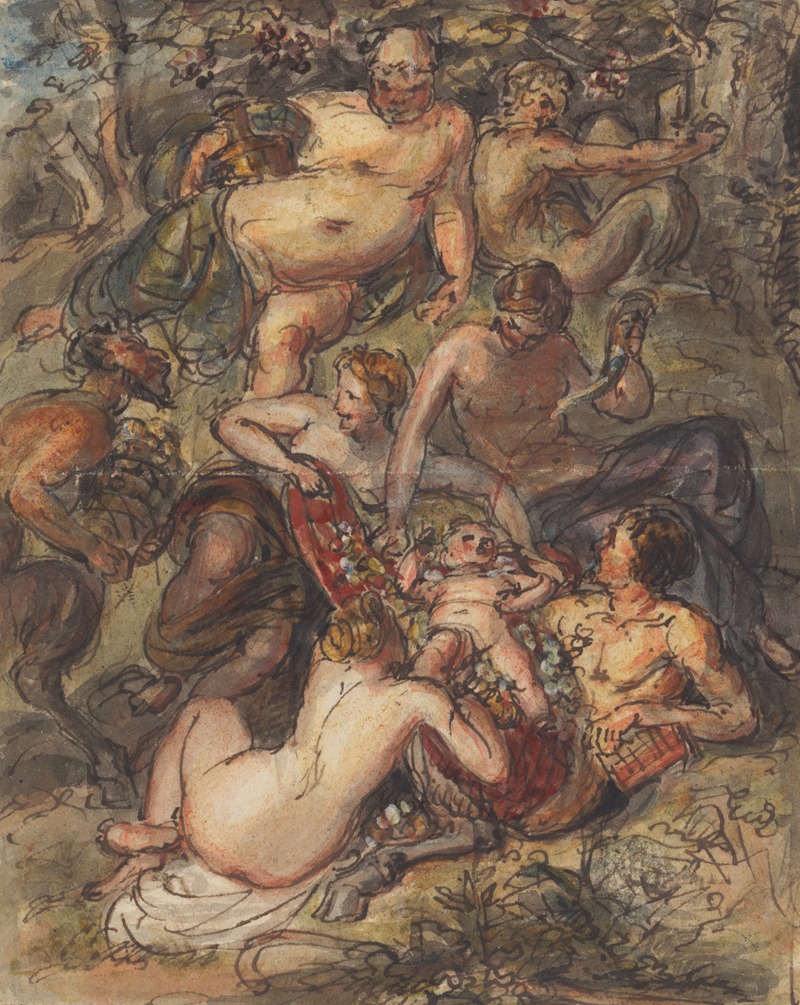
Scene of a Bacchanalia
A hand-painted replica of Robert Smirke’s masterpiece Scene of a Bacchanalia, meticulously crafted by professional artists to capture the true essence of the original. Each piece is created with museum-quality canvas and rare mineral pigments, carefully painted by experienced artists with delicate brushstrokes and rich, layered colors to perfectly recreate the texture of the original artwork. Unlike machine-printed reproductions, this hand-painted version brings the painting to life, infused with the artist’s emotions and skill in every stroke. Whether for personal collection or home decoration, it instantly elevates the artistic atmosphere of any space.
"Scene of a Bacchanalia" is a painting by the British artist Robert Smirke, who was born in 1752 and died in 1845. Smirke was known for his works in the neoclassical style, which often depicted scenes from literature, mythology, and history. His paintings were characterized by their detailed composition and classical themes, reflecting the influence of the ancient world on his artistic vision.
The painting "Scene of a Bacchanalia" portrays a lively and dynamic scene inspired by the Bacchanalia, which were Roman festivals of Bacchus, the god of wine, freedom, intoxication, and ecstasy. These festivals were known for their ecstatic and frenzied celebrations, often involving music, dance, and revelry. Smirke's depiction captures the essence of these ancient festivities, showcasing a group of figures engaged in various activities associated with the Bacchanalia.
In the painting, Smirke employs a rich palette and meticulous attention to detail to bring the scene to life. The figures are depicted in various states of revelry, with some dancing, others playing musical instruments, and a few indulging in the pleasures of wine. The composition is carefully arranged to convey a sense of movement and energy, drawing the viewer into the chaotic yet joyous atmosphere of the Bacchanalia.
Smirke's use of light and shadow adds depth and dimension to the painting, highlighting the intricate details of the figures' clothing and expressions. The artist's skillful rendering of the human form is evident in the graceful poses and fluid movements of the dancers, as well as the expressive faces of the participants. The background of the painting features classical architectural elements, further emphasizing the connection to ancient Roman culture and enhancing the historical context of the scene.
"Scene of a Bacchanalia" reflects Smirke's fascination with classical antiquity and his ability to translate the spirit of ancient celebrations into his artwork. The painting is a testament to his talent for capturing the vibrancy and exuberance of mythological and historical subjects, making it a notable example of his oeuvre.
Throughout his career, Robert Smirke was a prominent figure in the British art scene, contributing to various exhibitions and receiving recognition for his work. He was elected as a Royal Academician in 1792, which was a significant achievement and a testament to his artistic prowess. Smirke's paintings, including "Scene of a Bacchanalia," continue to be appreciated for their historical significance and artistic merit.
In summary, "Scene of a Bacchanalia" by Robert Smirke is a vivid and engaging portrayal of an ancient Roman festival, showcasing the artist's neoclassical style and his ability to capture the essence of historical and mythological themes. The painting remains an important work within Smirke's body of art, reflecting his skill and dedication to depicting the classical world.





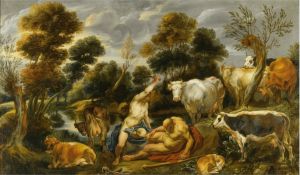
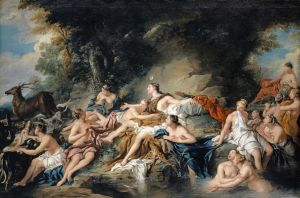
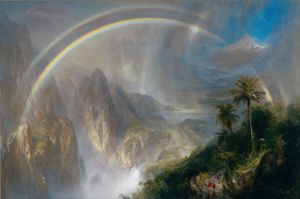
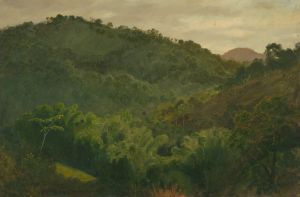
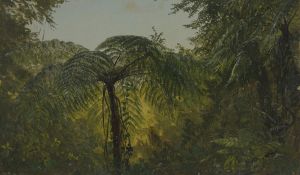
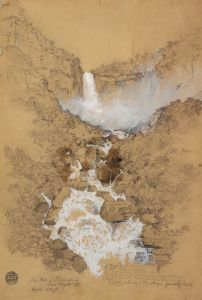
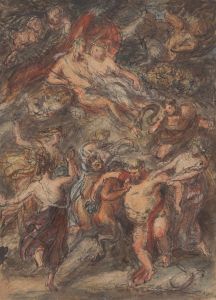
![[One from] Illustrations to Shakespeare 39](/imgs/258199/s/robert-smirke-one-from-illustrations-to-shakespeare-39-1186ffdd.jpg)
